When we say soldering, we usually mean in the context of electronics where we solder the electronic components onto a PCB. Since all the components and tiny, to perform soldering effectively, you have to equip yourself with the right set of tools, accessories. Apart from electronics, we also use Soldering in different industries such as plumbing, automotive repairs, and making jewelry. You can not use the same set of tools for all soldering applications. Depending on the materials, their chemical composition, and size, you need to choose the right set of tools. The choice also depends upon your skill in soldering. The below article contains a comprehensive list of all the best tools, equipment, and accessories you need for soldering works.
Best Soldering Equipment
Below is a comprehensive list of the different soldering equipment available for your soldering needs,
1. Soldering Station
A soldering station is a complete kit that comes with all the essential tools for soldering. The common tools include soldering iron, hot air guns, and de-soldering tools. A soldering station is commonly used to solder sensitive electronic components as you can set the precise temperature of the soldering tip. You have to plug the soldering station into a power outlet and set the temperature to the lowest. Step by step, you have to increase the temperature until the solder melts.
2. Soldering Iron
Soldering iron is the most basic soldering equipment that is shaped in the form of a pen. This is used by beginners for DIY soldering works such as soldering PCBs and other electronic components. First, heat the tip of the iron by powering the device. Once heated, place it on the solder and melt it.
3. Soldering Gun
Soldering guns are shaped like pistols and are operated using electricity. The soldering gun uses tin-based solder to solder copper wires or make other electrical connections. You have to connect it to a power outlet and press the trigger to heat the solder. We normally use these soldering guns when we are working with slightly thicker wires. As these tools are not precise, we do not recommend them for daily soldering of electronic components.
4. Desoldering Station
A desoldering station uses either hot air or vacuum to melt and remove excess solder after the soldering process. The desoldering station uses a hose to direct air from an air pump. The hose has a nozzle and heating element at the end. The heating element heats the air which melts the solder. Once melted, you can remove the solder easily.
5. Soldering Pencil
Similar to soldering iron, the soldering pencil is used to solder small metallic elements and electrical components. You heat the solder using the heating element located at the end of the soldering pencil. Soldering pencil has a finer point that helps in detailed and microscopic soldering works.
6. Butane Soldering Iron
The butane soldering iron is a modified version of the conventional soldering iron that runs on butane. It heats up fast and can melt solder in less than 40 seconds. Besides, it is also cordless and has a wide range of temperatures. So, you can use this for a wide range of soldering purposes and for soldering different materials.
Best Soldering Tools
Besides the equipment, you also need certain tools to perform soldering. These tools are responsible for preparing the materials before soldering and cleaning the surface after the process. Here is a complete list of tools that are involved in the soldering process,
1. Solder
Solder is the filler material that melts and joins the two materials. The rule of thumb is that it should have a lower melting point than the materials to be joined. Only then the solder will melt first and bond the materials. The solders come with and without lead. Based on the materials you are soldering, you have to choose the solder with a lower melting point.
2. Solder Flux
The solder flux is a chemical agent that is used to clean the surface of the metals that are to be joined. You can solder without applying flux. But, the joints might not be strong and can be broken easily. The flux removes the oxides formed on metal surfaces and prevents further oxidation. This strengthens the soldering joints. You can apply the flux using your hands or a brush. But for mass soldering works, there are different techniques you can adopt for applying the flux.
3. Solder Flux Pen
A solder flux pen is used to apply flux on the metal surface before the soldering process. The main advantage of using a flux pen is that you can apply the flux only in areas where you are going to solder. This is especially useful while soldering PCBs. Using a flux pen is pretty easy. First, you have to depress the tip of the pen to saturate its flux. Then press the tip against the areas where you will solder the electronic components to apply the solder.
4. Solder Seal Wire Connectors
A solder seal wire connector is shaped in the form of a small tube and is used to join wires. The connector has solder at both of its ends. When you heat the connector using a lighter or small heat gun, the solder melts and flows through the disjoined wires. Once the solder solidifies, it creates a joint between the wires.
5. Solder Tips
The tip of the soldering iron that heats and melts the solder is known as a solder tip. It is generally made of a copper core as copper is a good conductor of heat. It is coated with iron or nickel. The solder tips come in different shapes with each shape, more suited for a specific type of soldering.
6. Soldering Wick
Soldering wick is a type of desoldering tool that is made of intertwining copper wires together. When you place the tip of the soldering wick and heat it, the wick will melt the solder and absorb it. Once a portion of the soldering wick is covered with solder, you will have to remove the part. Repeat the process until you remove all the solder.
7. Solder Paste
The solder paste is used in PCB assembly for soldering the electronic components. It is made of minute solder spheres held together by solder flux. To apply the solder paste, you have to use a stencil or other techniques. The solder paste is only applied to areas where you need to solder.
8. Solder Sucker
Also known as a desoldering pump, it is used to remove solder from PCBs. Some desoldering pumps come with a soldering iron. If not, you have to get an iron separately and heat the solder before using this pump to suck the solder. The pump has a bulb at one end. You have to squeeze the pump and place the other end on the solder. Now when you release the bulb, it will suck the solder. Some models also come with a piston, instead of a bulb. Pushing and releasing the piston sucks the solder.
Best Soldering Accessories
Apart from the soldering tools, accessories also play an important part in ensuring that you perform the soldering effectively and safely. Below is the complete list of accessories that you will need while performing soldering,
1. Soldering Preheaters
When you use hot air guns for soldering, you will face the issue of overheating the materials. The overheating will damage the materials. Besides, a sudden increase in temperature will lead to thermal shock. To avoid this, you have to use a preheater. The primary purpose of a preheater is to gradually raise the temperature of the materials.
2. Soldering Helping Hands
The soldering helping hands have hand-like clutches that can hold wires when you are soldering. This allows you to create precision joints. The number of hands differs from one model to another. Most models come with two hands while some can have four. You can also place the soldering iron on these hands.
3. Soldering Mat
A soldering mat is heat resistant and protects your floors, walls, cables, and other flammable materials when you are soldering. The soldering mats can resist heat up to 1250 degrees celsius. The soldering mat is generally used while soldering copper pipes in plumbing. But, you can use it for all soldering purposes as well.
4. Soldering Magnifying Glass
A soldering magnifying glass is used in microelectronic soldering works. Microelectronic soldering requires a high level of precision that is not possible with the naked eye. So, you have to use a magnifying glass to see the electronic parts clearly. The magnifying glasses will come with a stand so that you don’t have to hold them. They have a magnification range of 2x to 10x depending on the model.
5. Smoke Absorber
The fumes released during soldering can be very toxic. Especially, if you are using lead-based solder, the soldering fumes can cause irreversible health damages. To protect yourself from inhaling toxic fumes, you can use a smoke absorber. The smoke absorber comes with a fan and a filtration unit that sucks up the fumes and filters them. You can just place them on a table. Some bigger units are kept on the floor.
6. Solder Tape
The solder tapes are used to hold the binding metal parts together while soldering. It has a high heat resistance and prevents the heat from transferring to other parts of the metal. The solder tapes come with widths ranging between 1/8 inches and 2 inches.
7. Tweezers Set
One rule of thumb in soldering is never to hold the solder materials using your hand. You should always use a pair of tweezers to hold the materials. If you are someone who solders materials of different sizes and thickness, then you should get a tweezer set. You can not use the same pair of tweezers to hold materials of different sizes.
8. Soldering Iron Tip Cleaner (Brass Wool)
After the completion of soldering, you have to clean the tip of the soldering iron to remove the solder and carbon material. For this, you can use brass wool. It is a type of dry cleaner that is made of soft metal shavings and coated with flux. You have to thrust the iron tip into the brass wool a few times to clean it.
9. Solder Stand
A solder stand is used to safely keep the soldering tools when not in use. The most common stand you will come across is the soldering iron stand. It allows you to keep the hot soldering iron away from your work area after use. It also makes it easier for you to clean the soldering iron tips.
10. Soldering Tip Tinner
The soldering tip tinner is made of mild acid and is used to prevent the oxidation of the soldering iron tip when you are not using it. Besides, you can also use it to remove the residue after soldering. You have to insert the soldering iron tip into the tinner and then wipe it with a damp sponge or cloth. This will remove the residue and prevent oxidation of the tip.
11. Wire Cutters
If you are soldering electrical wires, then you definitely need to have a wire cutter in your arsenal. They make short work of cutting the wires and stripping the ends. Besides, they don’t cost a fortune.
12. Soldering Vise
If you have soldering helping hands, then you can get away with most soldering jobs. But sometimes, the helping hand might not stay stable. In such situations, you can opt for a Soldering Vise. It looks like a regular vise, but it is a downsized version. These mini vises can hold circuit boards very firmly and you don’t have to worry about movements, jerks, or any stability issues.
Apart from PCBs, you can also use the mini vise to hold pieces of metal or wood. PanaVise is a popular brand of Soldering Vises.
Conclusion
The choice of soldering tools depends upon your soldering skill and the type of materials to be soldered. A soldering iron will serve you well if you are a beginner. But, as you develop your accuracy, you might have to upgrade to a soldering station. Besides, you don’t need all the tools for all soldering applications. For instance, you will only need a magnifying glass while soldering microelectronic components or other materials of very small sizes. However, you need to ensure that you have all safety accessories to ensure that you have a safe soldering experience. If you still have any doubts or queries in choosing the best soldering equipment, let us know using the comments section. My team will help you out. You can also post your thoughts and opinions in the comments box. Comment * Name * Email * Website
Δ



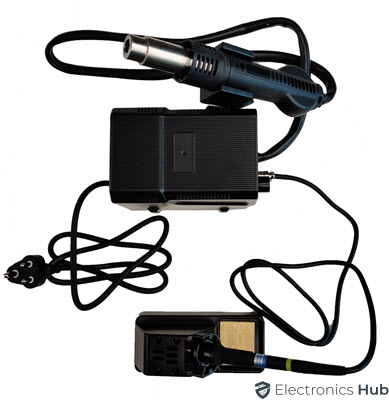
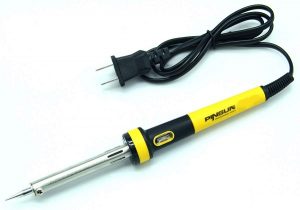
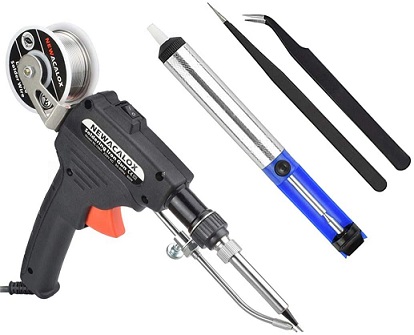
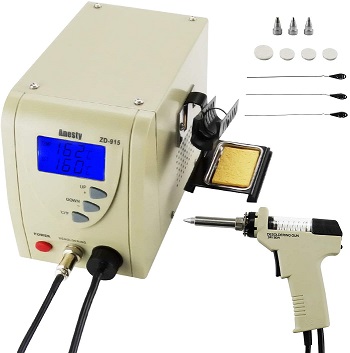
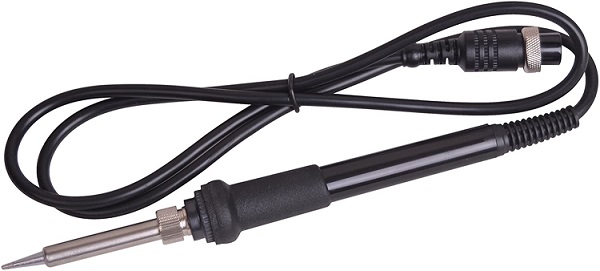
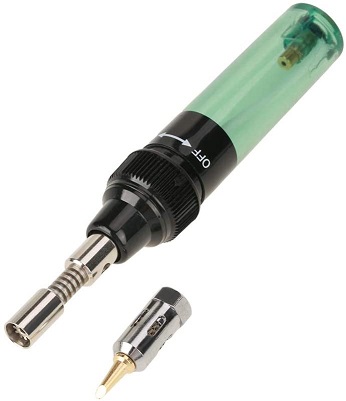
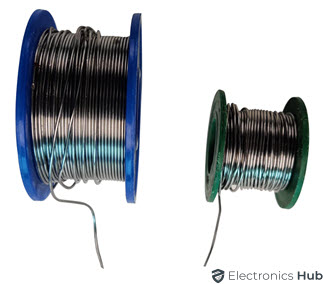
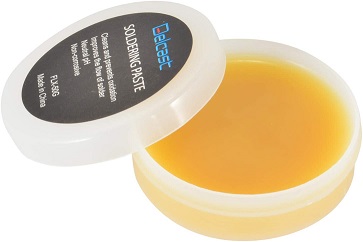

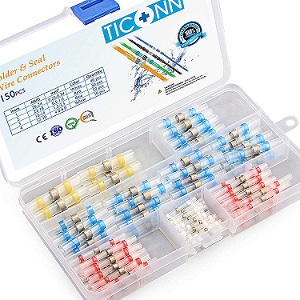
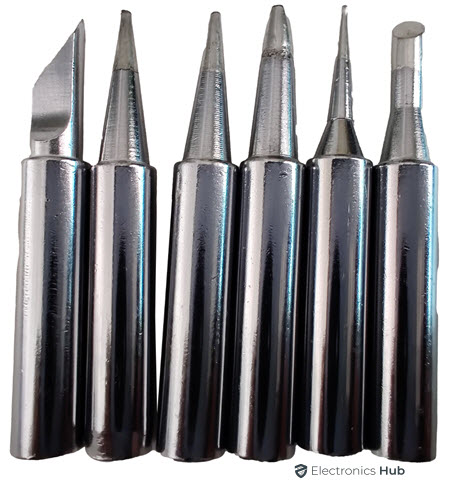
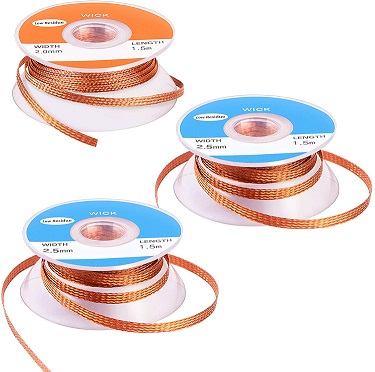
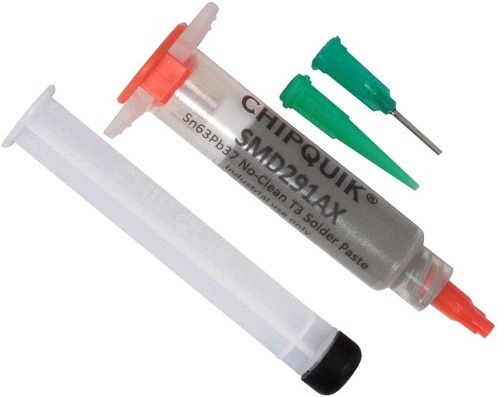
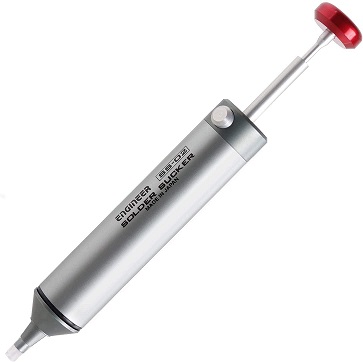
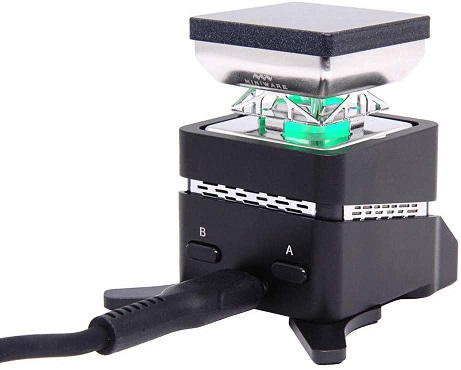
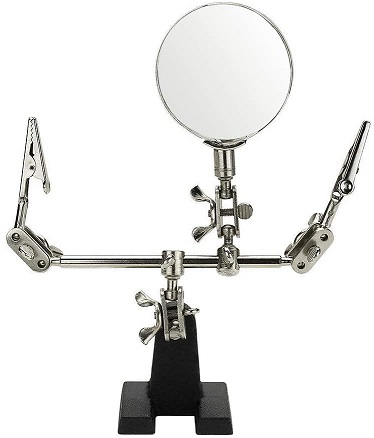
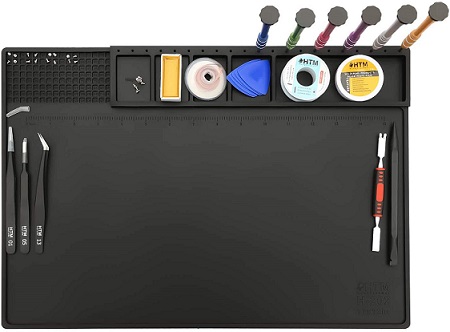
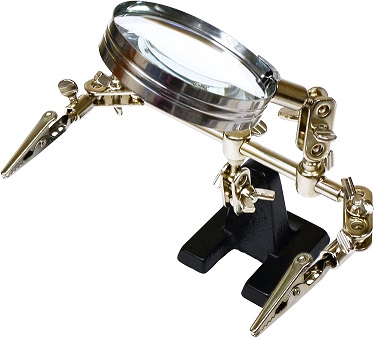
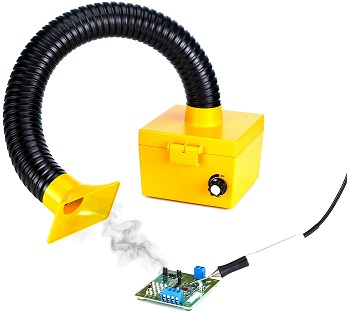
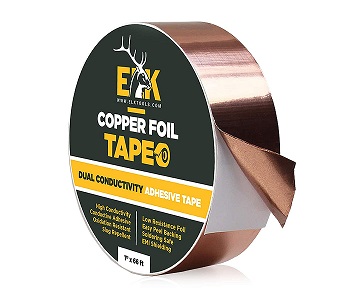
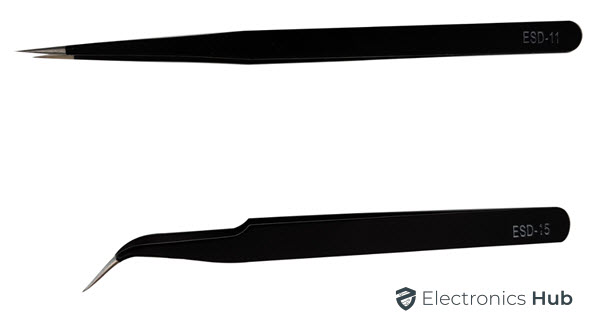
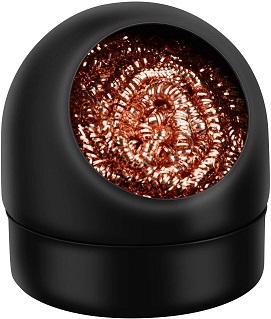
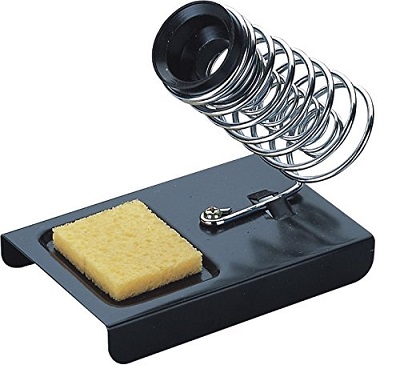
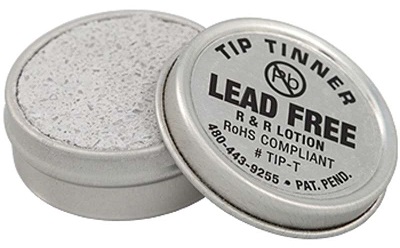
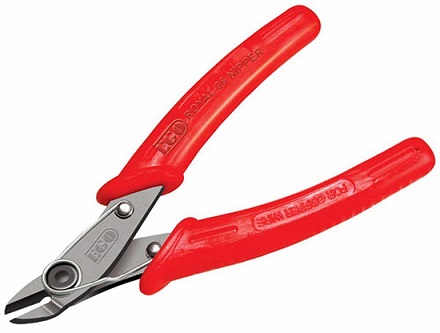
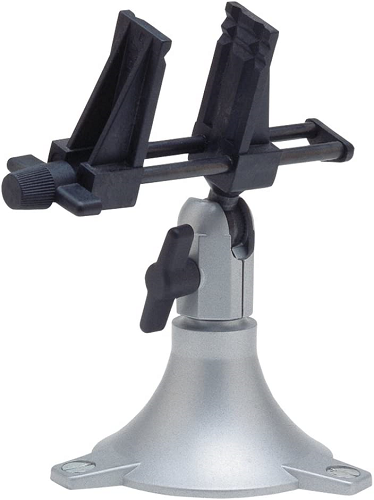


![]()